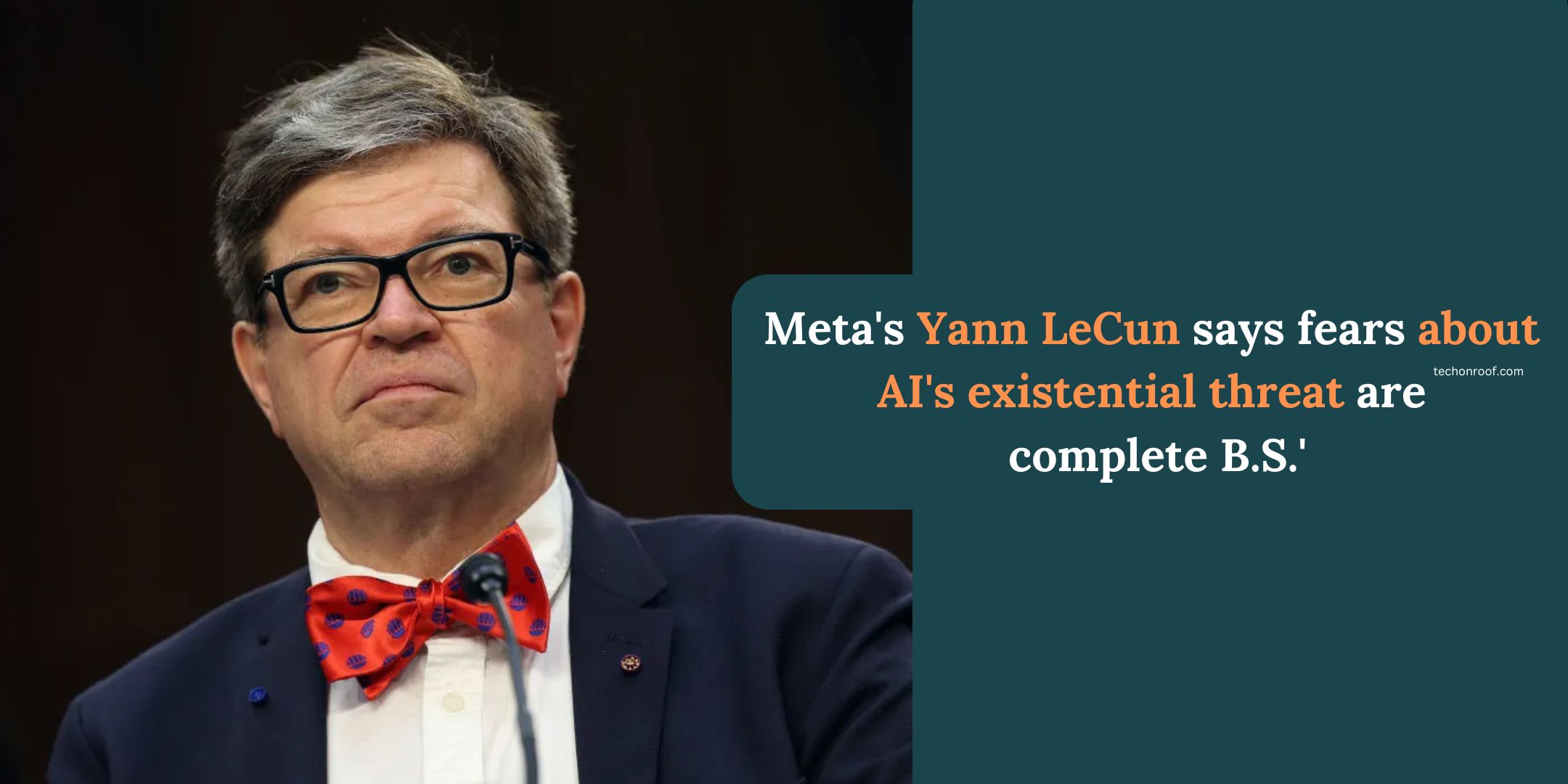Zoom’s is set to include a revolutionary custom AI avatar tool that will enable users to build photorealistic digital avatars from their video recordings. The new feature, reported to arrive in 2025, aims to help enhance how people communicate by developing more authentic avatars that will carry out users’ speech and body movements to streamline virtual interactions and make them much more efficient.
Read Also: Fidelity says data breach exposed personal data of 77,000 customers
How Does the AI Avatar Tool Work?
This tool allows users to create their digital avatars and record a few video recordings of themselves. After that, they can add a script in which the AI will synch audio for the avatar’s lip movements, making this communication style seem natural and realistic. This feature is mainly targeted at asynchronous communication. What does that mean? It allows users to freely produce video content on any scale without needing live recordings.
Increased Productivity and Asynchronous Communication
Smita Hashim, Chief Product Officer at Zoom, remarked on how the tool had been applied to certain aspects of productivity. The profile avatars built are to assist the user in using them as they enable a method of asynchronous communication and save time by their ability to record video messages that do not appear live on camera. This will allow more productive video communications to use other schedules.
Read Also: Writer Launches Palmyra X 004: Next-Gen Generative AI Model with Tool Calling Capabilities
Deepfake Concerns and Ethical Implications
Though the system is convenient and innovative, it indeed pushes some faces of potential for abuse to great depths in deep fakes. Deepfakes, which have since become a social media problem, can be used for identity theft and propaganda purposes, and the custom avatar tool created for Zoom may lead to such use. Tavus and Microsoft are said to have developed similar AI tools, but safeguards have been added, such as requiring written consent from the person featured in the digital avatars.
Zoom’s Controls: Deep Authentication and Watermarking
Zoom goes further than most, with deep authentication and watermarking, preventing misuse of its proprietary avatars. Yet the measures it says prevent misuse are, at best, vague on how Zoom will likely prevent them from happening:
Read Also: Uber to launch AI assistant and EV Options to Boost Electric Vehicle Use
According to Hashim, Zoom continues to fine-tune safety protocols to ensure that the content produced by avatars is safe and used responsibly.
Zoom’s Broader AI Vision
However, this custom avatar development fits nicely into the vision of the CEO, Eric Yuan, who has ambitious plans to develop AI tools to help in redundant tasks such as email replies, presence in Zoom meetings, and even making voice calls. These features are drawn upon AI end methods to help increase productivity by doing away with redundant tasks.
Read Also: Google Partnership With SpotHero To Streamline Parking Reservations In Maps and Search
Deepfakes Issue End
The arrival of the Zoom avatar seems to coincide with deepfakes gaining everyday household familiarity, and people are raising awareness of privacy issues and the potential abuse of spreading disinformation. Deepfakes were already implemented for all sorts of malicious activities, such as scams and impersonation, and a considerable amount of money was lost due to public confusion. Thus, the ethical considerations over the applications of AI-generated avatars gain an increasing relevance over them as a question of burning interest.
Regulatory Challenges and Legal Landscape
Deepfakes and other AI-generated content are rising in the United States, prompting lawmakers to draw hasty legislation toward regulating AI-assisted impersonation. More than ten states have already passed laws against deepfakes, and California’s new legislation aims to punish the culprits behind malicious uses of AI-generated content. As Zoom works to perfect its bespoke avatar tool, it has to tread this intricate legal terrain with digital security to its advantage and not a detriment.




